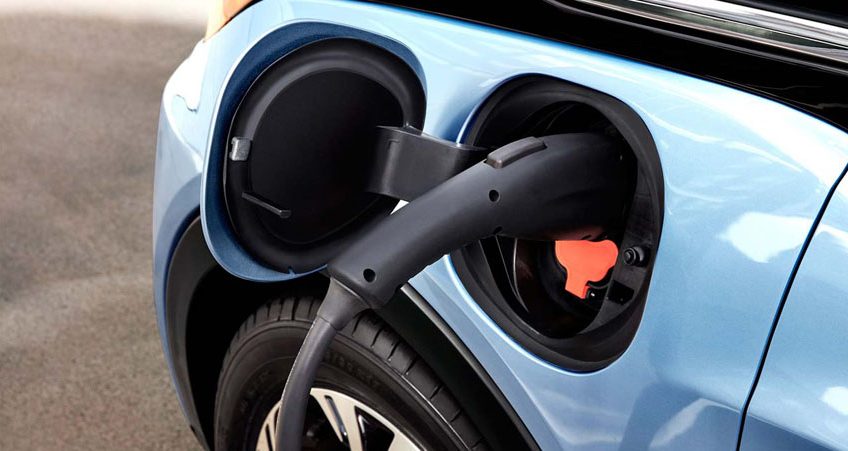A report by the International Energy Agency (IEA) has revealed that the sales of electric cars may rise by 24 per cent yearly till 2030.The agency estimated that there would be 125 million electric vehicles on the road, based on existing policies, which could further rise to 220 million if strategies become more ambitious to meet global climate goals and other sustainability targets.
Out of 1billion cars in the world, only 2million are electric. But that will soon change, as costs diminish, and governments encourage the adoption of Electric Vehicles (EVs) to cut carbon emissions and fight urban pollution.
Organisation like the Bloomberg had also forecast that by 2040, 54 percent of all new car sales will be for EVs. Millions of new EVs will take a big bite out of oil demand and displace 8million barrels of transport fuel every day.
But, according to a report released by the Paris-based institution, which was set up in 1974 to advise industrial nations on energy policy, findings illustrate the speed at which the world’s transportation system is shifting toward cleaner fuels as governments focus on limiting pollution and greenhouse gases.Leading United States carmakers, Tesla Inc. and Nissan Motor Co. have some of the best-known EVs on the road now, but major automakers from Volkswagen AG to General Motors Co. and Audi AG have followed suit in announcing dozens of battery-powered versions of their models.
The battery cells used in Tesla’s Model 3 are of the highest energy density used in any electric car vehicle, the carmaker said in a letter to shareholders early May 2018 that; “We have achieved this by significantly reducing cobalt content per battery pack while increasing nickel content and still maintaining superior thermal stability,” Tesla said.
One of the authors of the report; Pierpaolo Cazzola, said, “The dynamic policy developments that are characterizing the electric car market are expected to mobilize investments in battery production, facilitating cost reductions and ensuring that battery production takes place at scales that exceed significantly what has been seen so far”.
Highlights of the report include; electric vehicles are expected to take just over a quarter of vehicles sold in the Asian nation by 2030, up from 2.2 percent last year with China maintaining the biggest market, EVs will displace lots of oil from the market, governments will have to find new sources of tax revenue.
Others include; at least 10 more giant battery giga-factories will be needed, buses are going electric too and that cobalt and lithium demand is surging.“There will be 1.5 million electric buses in use worldwide by 2030, up from 370,000 last year. Almost 100,000 electrified city buses were sold last year, 99 percent of them in China. The Chinese city of Shenzhen is leading the pack with an all-electric bus fleet. A number of cities in the Europe’s Nordic region such as Oslo, Trondheim and Gothenburg also have electric buses in operation”.
“Demand could possibly rise tenfold, but technological advances and adjustments to battery chemistry could also significantly reduce this. Since about 60 percent of the world’s cobalt is mined in the Democratic Republic of Congo where child labor still exists, battery makers are under pressure to show that their products are made sustainably. This may provide an incentive to shift away from cobalt-heavy batteries”, IEA said.
The agency warned that governments around the world might lose out on $42 billion in tax revenue from road fuel sales by 2030 in the IEA’s central scenario. In the report, the most aggressive forecast for Electric Vehicle uptake is as high as $92 billion. Only last year, China’s fuel tax revenue was already cut by $2.6 billion because of the growing share of electric vehicles on the country’s roads.

